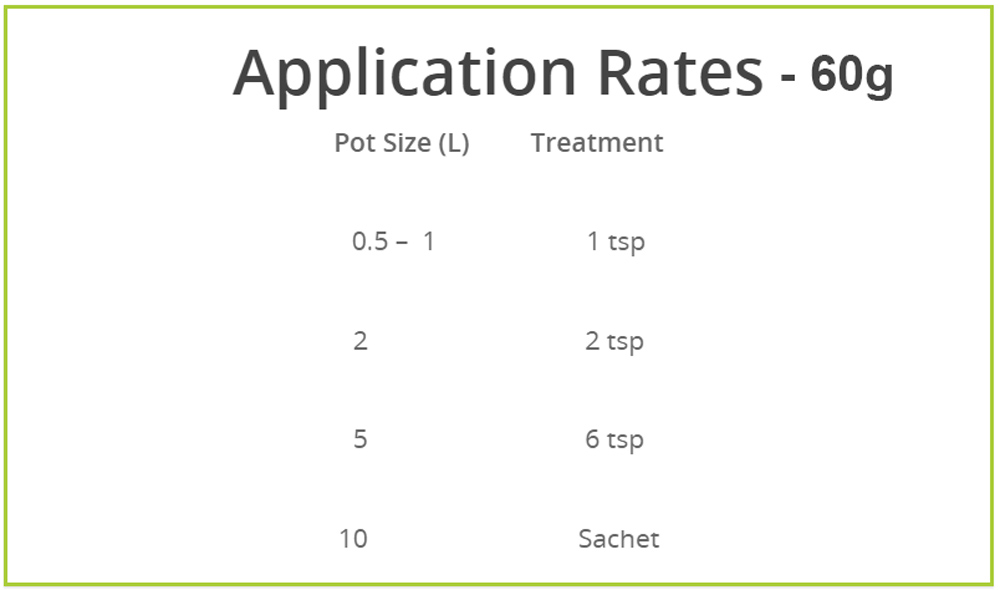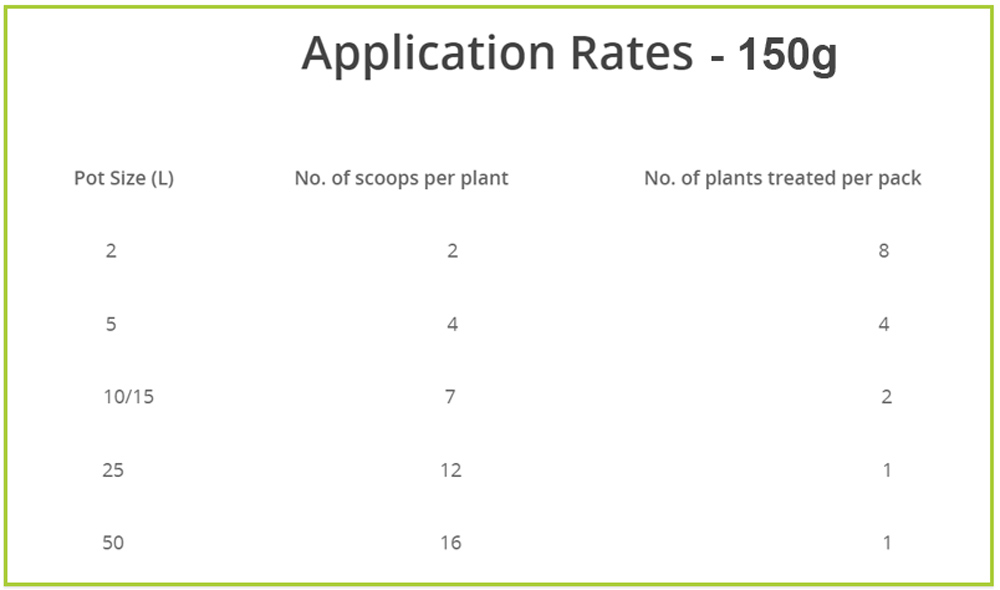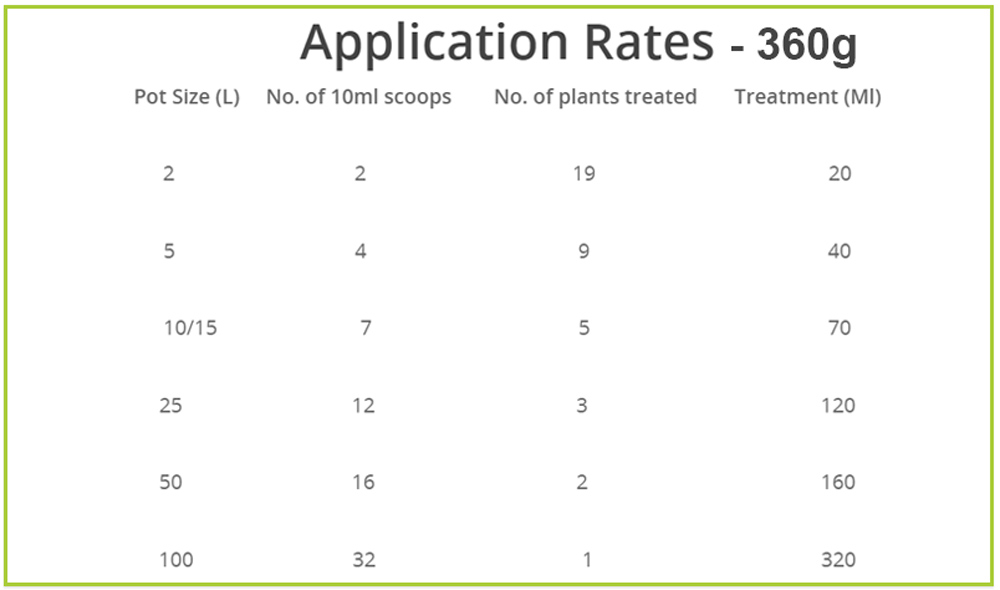Trees and Shrubs
Trees and shrubs offer more than just ornamental beauty, they also offer privacy, and depending on what type you get, they can also offer fruit and beautiful fragrant flowers. Many homeowners in suburban areas plant trees & shrubs as a way to separate themselves from their neighbours.
When you look for trees and shrubs for sale, you will have to take into consideration your climate, or zone. There are certain trees and shrubs that do better in warmer climates and some that can withstand some cooler weather.
For example, if you live in northern areas of the U.K. such as Scotland and the Highlands, then you can choose Oak, Ash, or Maple trees. If you want fruit varieties, choose from apple, pear, peach or cherry. If you live in the south like London and the home counties, then you can choose trees and shrubs such as orange, lemon or lime trees.
Once you know your hardiness zone, you’ll have to consider what type of gardener you are. Do you want to plant trees & shrubs that are maintenance free? Or do you find raking, weeding and pruning a relaxing activity? When you’re searching for trees and shrubs for sale, be sure to find out what kind of care they need.
Shrubs can bear fruit as well, such as raspberries, strawberries, blackberries and blueberries. Each year they will spread and you will get more fruit. Imagine being able to pick your own produce from your trees and shrubs in your backyard. If you live in a climate that experiences cold winters, you will want to wrap your trees & shrubs in burlap in order to protect them from the elements.
You can visit your local nursery to look at trees and shrubs for sale; they will have a selection of products that are compatible with your zone. For more information on Trees and Shrubs, please browse through our website or call us on 0203 051 1214.






